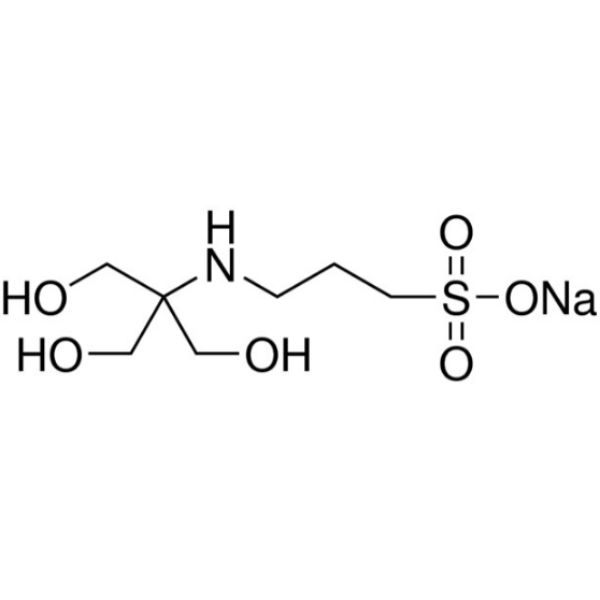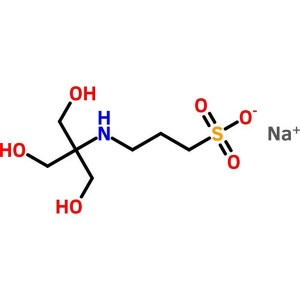TAPS Sodium Salt CAS 91000-53-2 Purity >99.0% (Titration) Biological Buffer
Shanghai Ruifu Chemical Co., Ltd. is the leading manufacturer and supplier of TAPS Sodium Salt (CAS: 91000-53-2) with high quality, commercial production. Ruifu can supply a series of biological buffers, can provide worldwide delivery, small and bulk quantities available, strong after-sale service. Please contact: alvin@ruifuchem.com
| Chemical Name | TAPS Sodium Salt |
| Synonyms | TAPS-Na; N-[Tris(hydroxymethyl)methyl]-3-Aminopropanesulfonic Acid Sodium Salt; Sodium 3-((1,3-Dihydroxy-2-(Hydroxymethyl)propan-2-yl)amino)propane-1-Sulfonate |
| CAS Number | 91000-53-2 |
| Stock Status | In Stock |
| Molecular Formula | C7H16NNaO6S |
| Molecular Weight | 265.26 |
| pKa | 8.4 (at 25℃) |
| Water Solubility | Soluble in Water (333.33 mg/ml) |
| COA & MSDS | Available |
| Origin | Shanghai, China |
| Product Categories | Biological Buffers |
| Brand | Ruifu Chemical |
| Item | Specifications |
| Appearance | White Powder |
| Purity / Analysis Method | >99.0% (Titration) |
| Useful pH Range | 7.7~9.1 |
| pKa (at 25℃) | 8.4 |
| Water (by Karl Fischer) | <1.00% |
| Solubility (25% in H2O) | Clear to Slightly Hazy |
| Absorbance (A280) | <0.02 |
| Absorbance (A260) | <0.04 |
| DNase, RNase, Protease | None Detected |
| Test Standard | Enterprise Standard |
| Usage | Biological Buffer |
Package: Bottle, Aluminium foil bag, 25kg/Cardboard Drum, or according to customer's requirement.
Storage Condition: Store in sealed containers at cool and dry place; Protect from light and moisture.

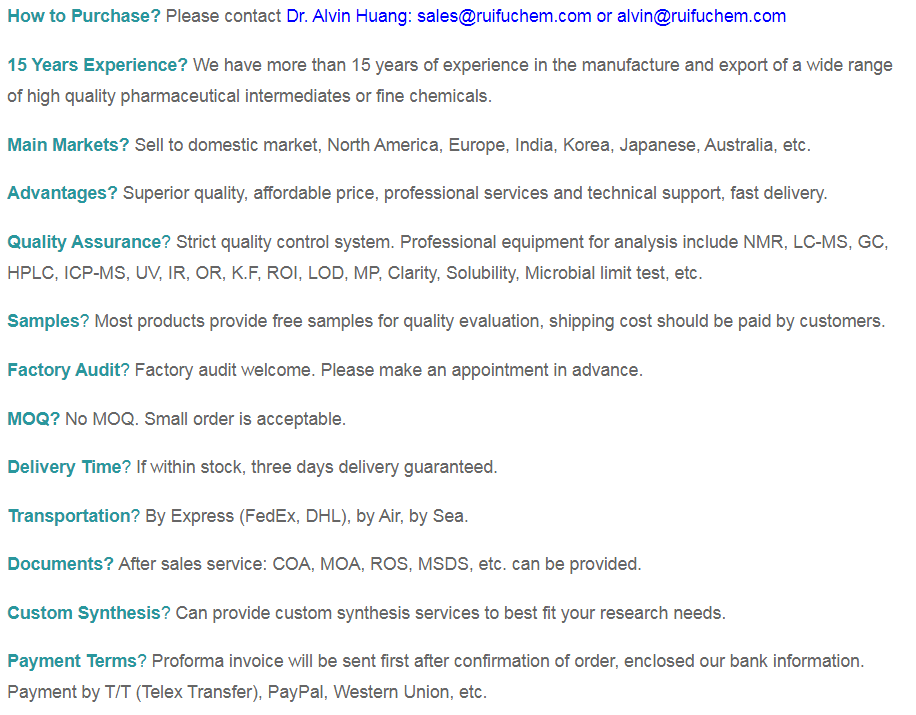
Hazard Symbols Xi - Irritant
Risk Codes
36/37/38 - Irritating to eyes, respiratory system and skin.
Safety Description
S26 - In case of contact with eyes, rinse immediately with plenty of water and seek medical advice.
S36 - Wear suitable protective clothing.
WGK Germany 3
HS Code 2934999099
TAPS Sodium Salt (CAS: 91000-53-2) is a zwitterionic biological buffer often used as a buffering agent in biological and biochemical research. TAPS, is used in biochemistry and molecular biology. TAPS has been utilized in capillary electrophoresis of such materials as DNA and DNA-dye complexes. Dyes have been separated by planar chromatography with electro osmotic flow with 1 mM TAPS in the mobile phase. The stability constants of metal ions with TAPS have been investigated by capillary electrophoresis. TAPS has also been shown to inhibit connexin channel activity. The activity of various mutants of carbonic anhydrase I and carbonic anhydrase II has been studied in a variety of buffers, including TAPS.
-
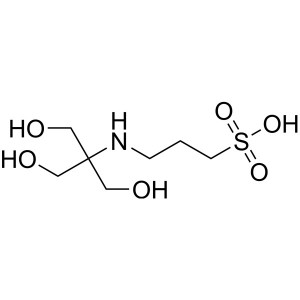
TAPS CAS 29915-38-6 Purity >99.5% (Titration) B...
-
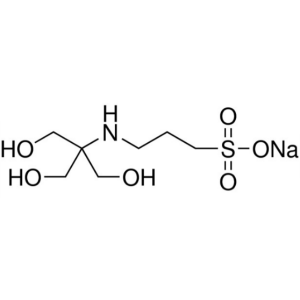
TAPS Sodium Salt CAS 91000-53-2 Purity >99.0% (...
-
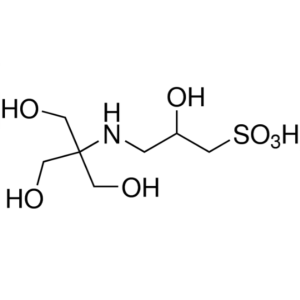
TAPSO CAS 68399-81-5 Purity >99.0% (T) Biologic...
-
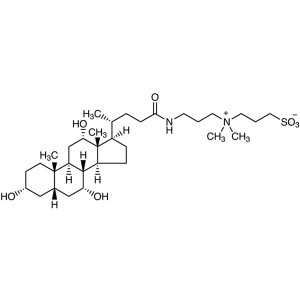
CHAPS CAS 75621-03-3 Purity >99.5% (Titration) ...
-
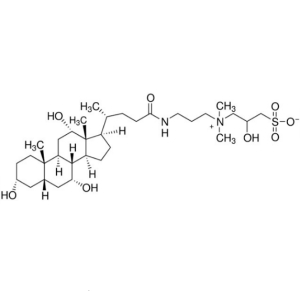
CHAPSO CAS 82473-24-3 Purity >99.0% (Titration)...
-
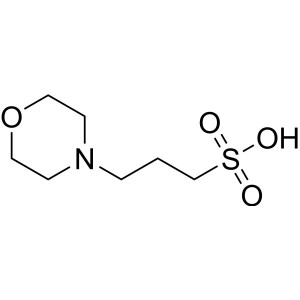
MOPS CAS 1132-61-2 Purity ≥99.5% (Titration) Bi...
-
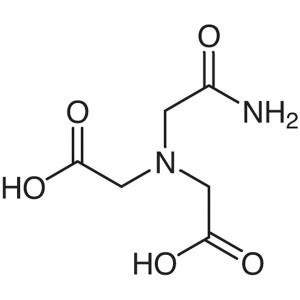
ADA CAS 26239-55-4 Purity >99.0% (Titration) Bi...
-
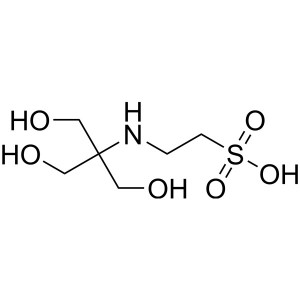
TES CAS 7365-44-8 Purity >99.5% (Titration) Bio...
-
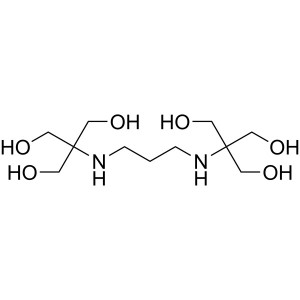
Bis-Tris Propane CAS 64431-96-5 Purity >99.0% (...
-
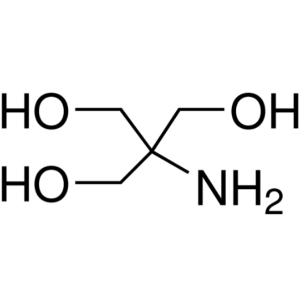
Tris Base CAS 77-86-1 Purity ≥99.50% (Titration...
-
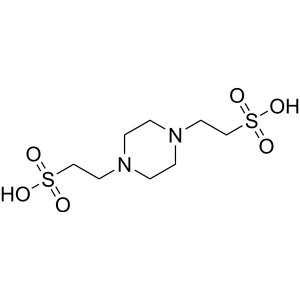
PIPES Free Acid CAS 5625-37-6 Purity >99.5% (Ti...
-
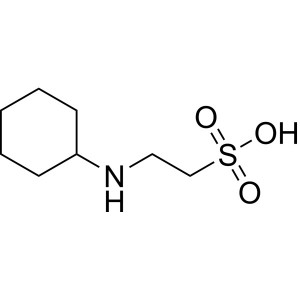
CHES CAS 103-47-9 Purity >99.5% (Titration) Bio...
-
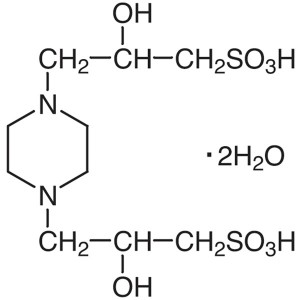
POPSO Dihydrate CAS 68189-43-5 Purity >99.0% (T...
-
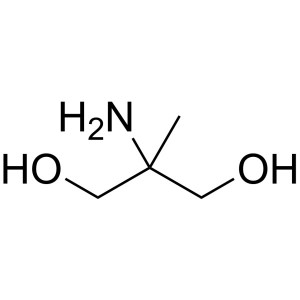
AMPD CAS 115-69-5 Purity >99.0% (Titration) Bio...
-
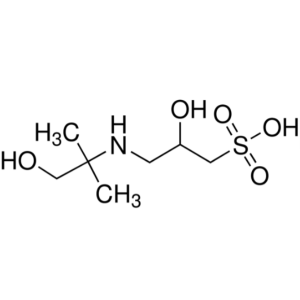
AMPSO CAS 68399-79-1 Purity >99.0% (Titration) ...
-
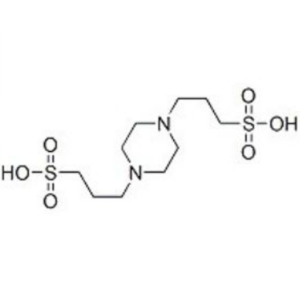
PIPPS CAS 5625-56-9 Purity >97.0% (Titration) B...

